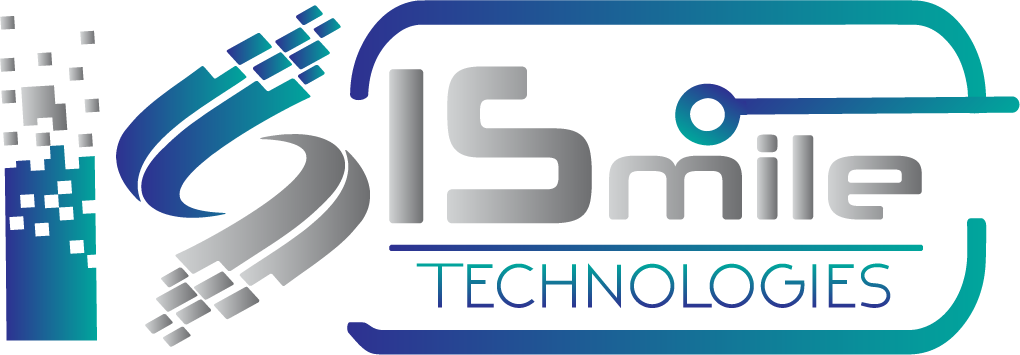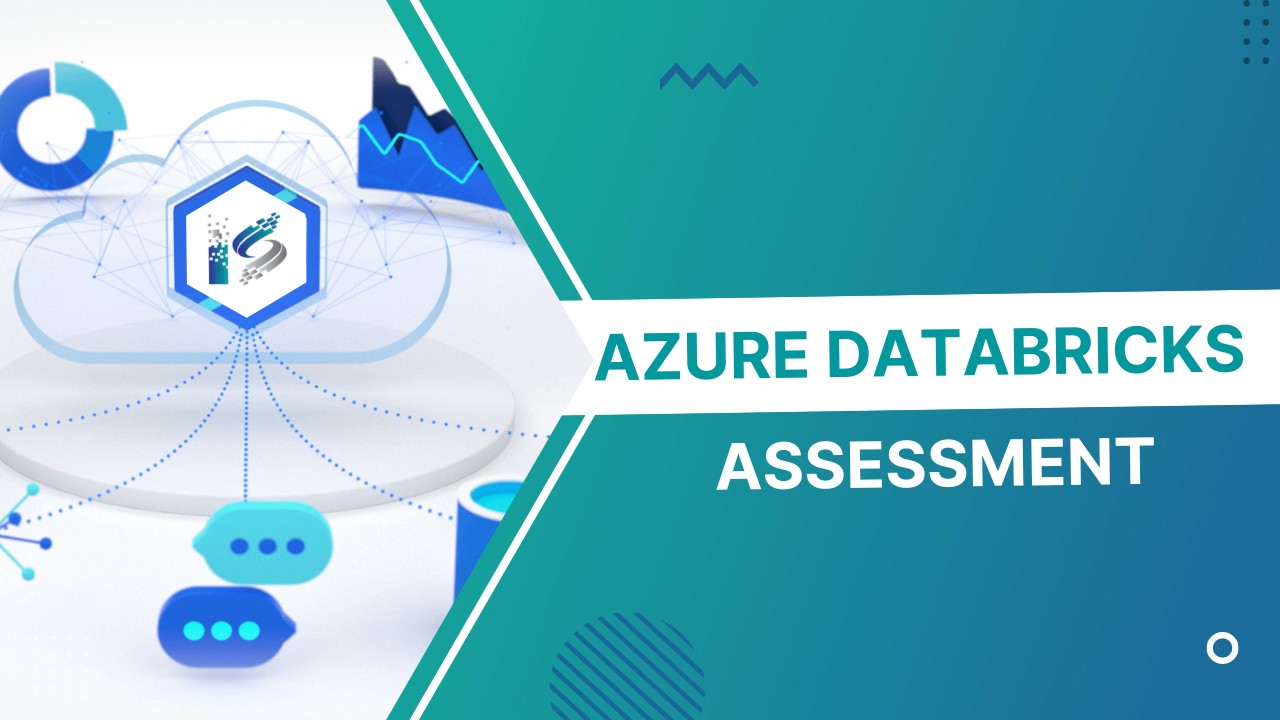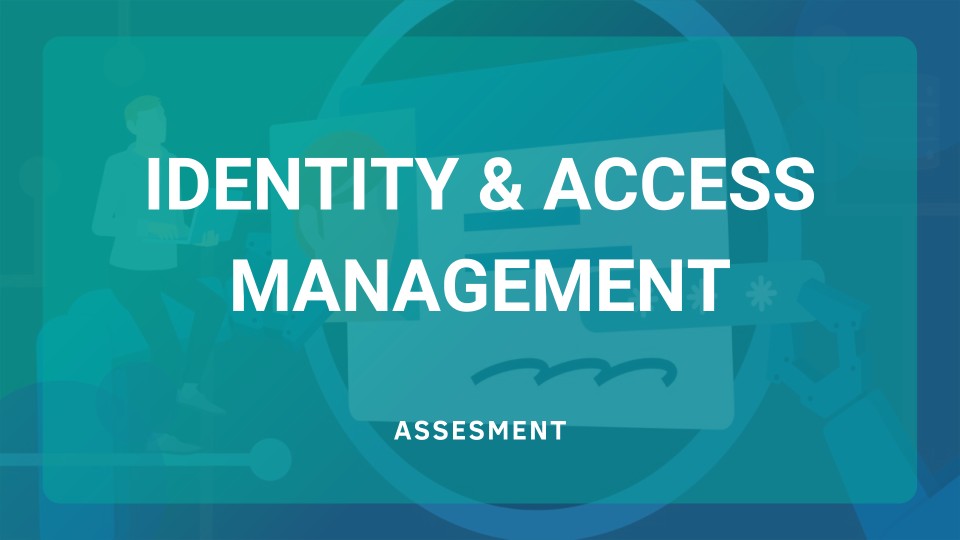Organizations today recognize that modern analytics at scale need a self-service approach that empowers business users of all analytical skill levels. Tableau is uniquely positioned to deliver this experience, as we consistently raise the bar on what you can expect from your BI investment—from a seamless user experience, deep analytical capabilities, end-to-end data governance, and flexible integrations and extensibility.
The Tableau platform is simple to deploy and scale and as intuitive to learn as it is powerful—helping individuals and organizations get insights and value fast. Everything we do is driven by our mission to help people see and understand data, which is demonstrated by our commitment to business intelligence and analytics, relentless customer-focused innovations, and our global community—unrivalled in creativity, diversity, and passion.
Benefits
Share insight in seconds
Author dashboards in Tableau Desktop, then share them securely with Tableau Server. Let people communicate with data in a whole new way. Enable your business to find answers in minutes, not months.
Empower everyone to use data
With Tableau Server, your whole team can securely use interactive data dashboards. When people across the organization can see and understand their own data, they solve problems and discover opportunities.
Ask new questions from anywhere
When you publish a dashboard to Tableau Server, your team can access it securely from any browser or mobile device. They can drill down and ask new questions by editing a view on the Web or on a tablet. Get answers fast in meetings, in the field and on the go.
Enable strong governance
Publish shared data models to the Data Server so your whole team can use them. Define data sources, add metadata, and author new calculations and data fields for everyone to use. Give the business a single source of truth—securely.
Plan of Action
Step 1: Set up an Azure VM
Step 2: Connect to your Azure VM
Step 3: Add a second disk to your Azure VM
Step 4: Install Tableau Server on your Azure VM
Step 5: Access your Azure VM from a remote browser
Step 6: Publish data to Tableau Server on your Azure VM
Step 7: Manage Tableau Server licenses when shutting down or deleting your Microsoft Azure VM
Faq's
"Tableau on Azure" is a service provided by ISmile Technologies that enables organizations to leverage the power of Tableau, a leading data visualization and analysis tool, on Microsoft Azure, a flexible and scalable cloud computing platform. This service can benefit your organization by providing a secure and scalable environment for data analytics, improving data insights and decision-making capabilities, and reducing IT costs and complexity.
"Tableau on Azure" offers a range of features and capabilities, including:
- Secure and scalable infrastructure on Microsoft Azure
- Optimized performance and cost-efficiency for Tableau workloads
- Automated deployment and management of Tableau environments
- Integration with other Azure services such as Azure Data Lake Storage and Azure SQL Database
- Comprehensive monitoring and reporting capabilities.
ISmile Technologies provides end-to-end implementation and management services for "Tableau on Azure". Our team of experts will work with you to understand your business requirements, design and deploy a custom solution, and provide ongoing management and support. We leverage best practices and proven methodologies to ensure a seamless and successful deployment, as well as ongoing optimization and maintenance.
Partnering with ISmile Technologies for "Tableau on Azure" provides a range of benefits, including:
- Deep expertise and experience in Microsoft Azure and Tableau
- Customized solutions tailored to your specific business needs
- 24/7 support and proactive monitoring to ensure optimal performance and availability
- Cost savings through efficient management and optimization of Azure resources.
To get started with "Tableau on Azure" with ISmile Technologies, simply reach out to our team for a consultation. We will work with you to understand your requirements and provide a customized solution proposal. From there, we will handle the implementation and ongoing management of the solution, providing you with the support and guidance you need to get the most out of your investment in Tableau on Azure.




